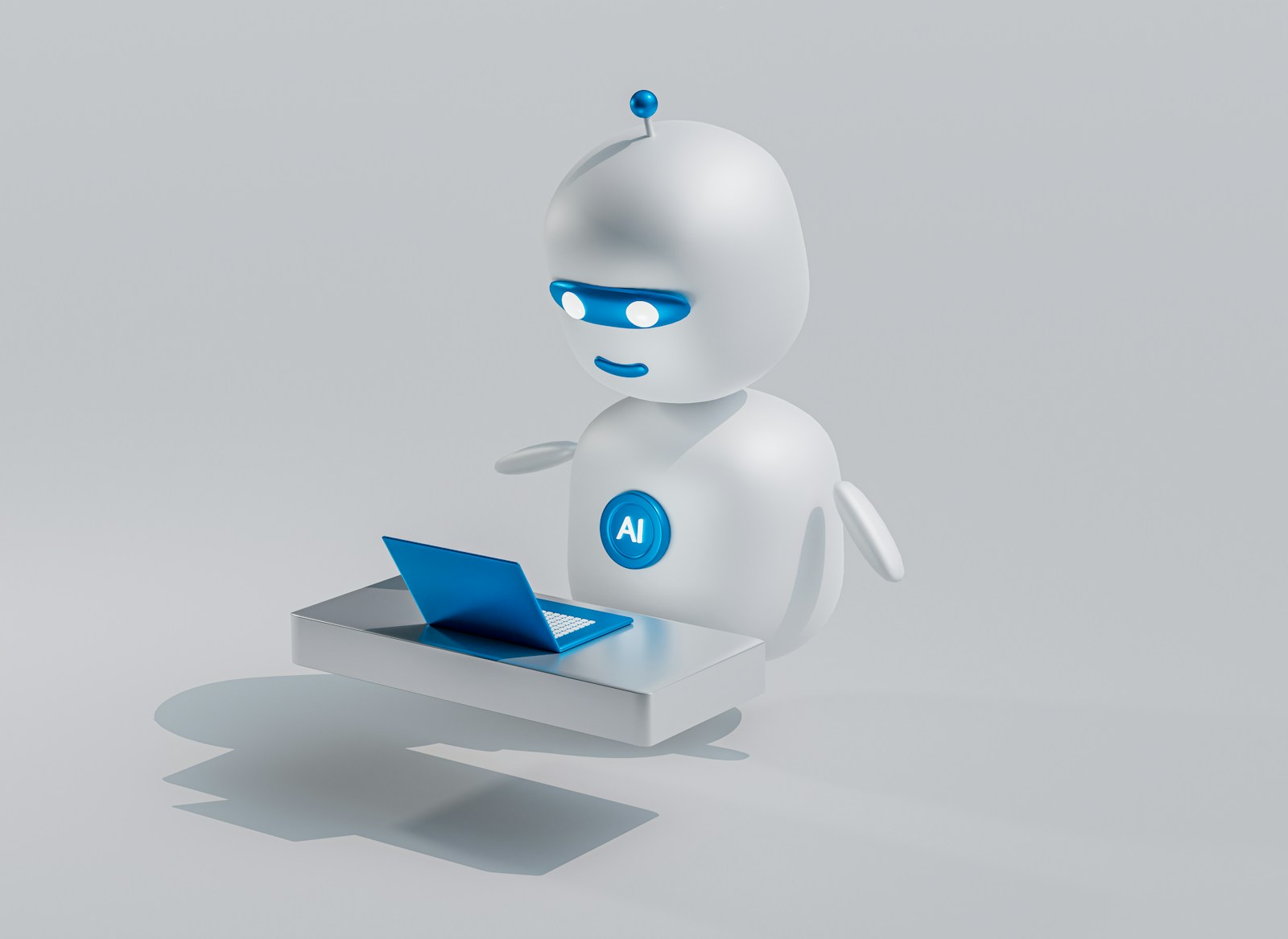How AI and Blockchain Are Shaping the Future of Election Integrity
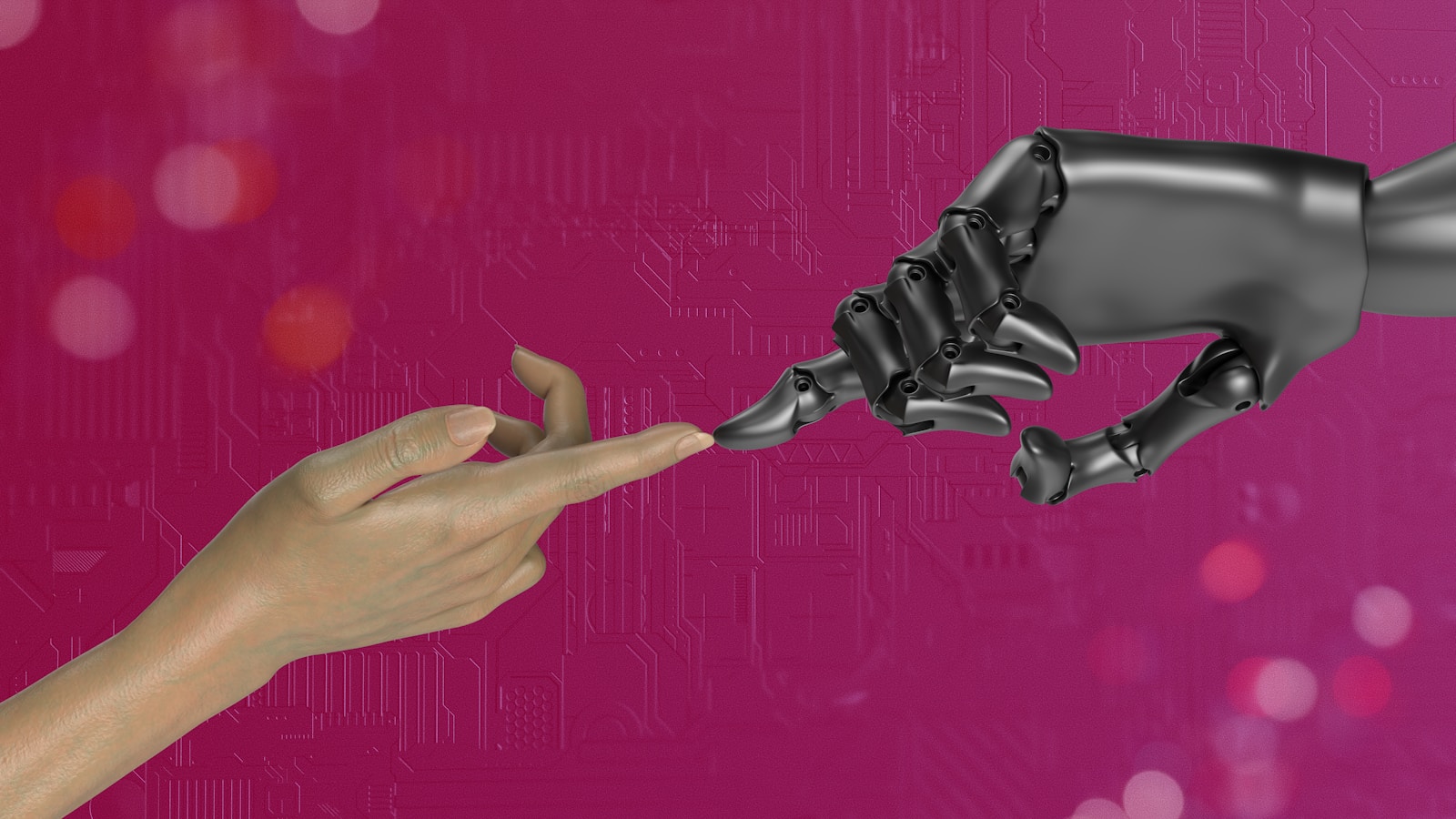
Artificial intelligence and democratic turnout to be one of the most burning issues of our digital era. As generative AI contributes to a higher level of threats of disinformation subverting elections worldwide, there has never been a more relevant question of whether technology can offer protection instead of creating potential threats to election integrity. As it happens, the answer is rather subtle: AI poses not only unprecedented threats to democratic institutions, but there are also highly positive developments relying on AI to mitigate and combat the dangers.
The Double-Edged Sword of AI in Elections
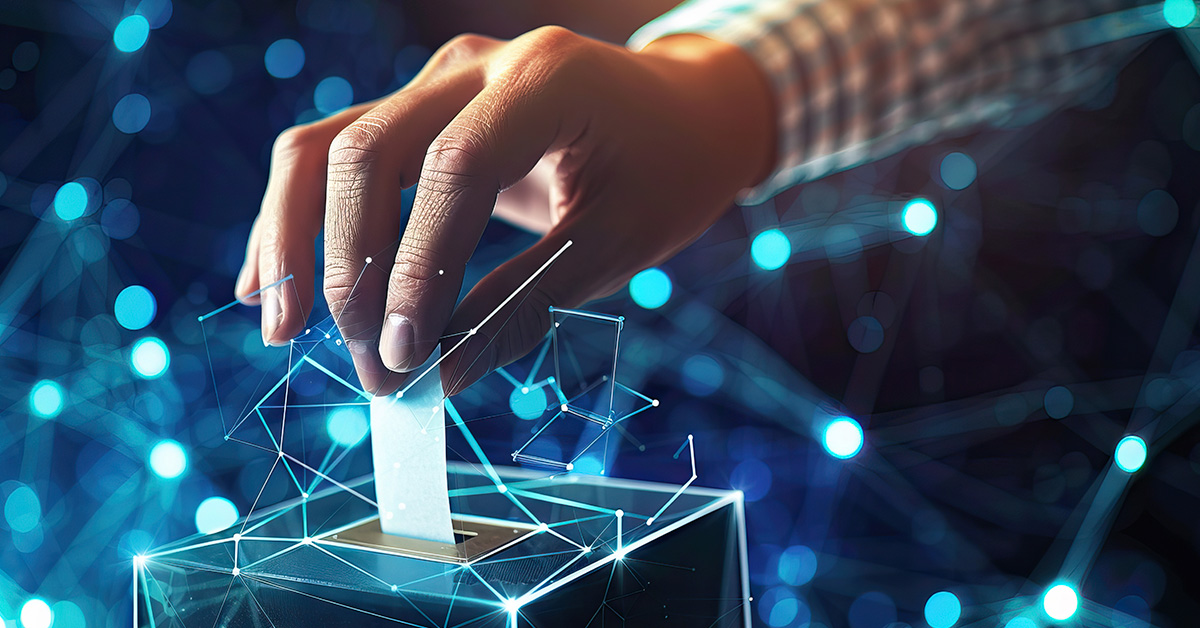
Recent election cycles have served as critical testing grounds for AI’s impact on democracy. An analysis of the Brennan Centre for Justice revealed that although artificial intelligence has not directly led to a disastrous interference in elections, its impact may be further astronomical in upcoming elections. This analysis shows how strong the existing electoral systems are and how urgent it becomes to actively respond to changes in AI technology that seem to be developing at an alarming pace.
The main issues related to AI in elections are focused on the fields of disinformation produced with the help of deepfakes and synthetic media, the threat of automated manipulation of discourse within social media, and the vulnerability of the digital voting infrastructure to cyberattacks boosted by AI. As the recent elections have shown, the world has managed to prevent catastrophic disruption, yet financial and political power brokers have found a subtle way of getting their way through misinformation and deepfakes.
But it is those same technological abilities that provide the threats that also provide unprecedented protection possibilities. AI can spot fake content, uncover coordinated inauthentic actions, authenticate voters and defend digital networks better and faster than current methods.
Blockchain: A Foundation for Trust
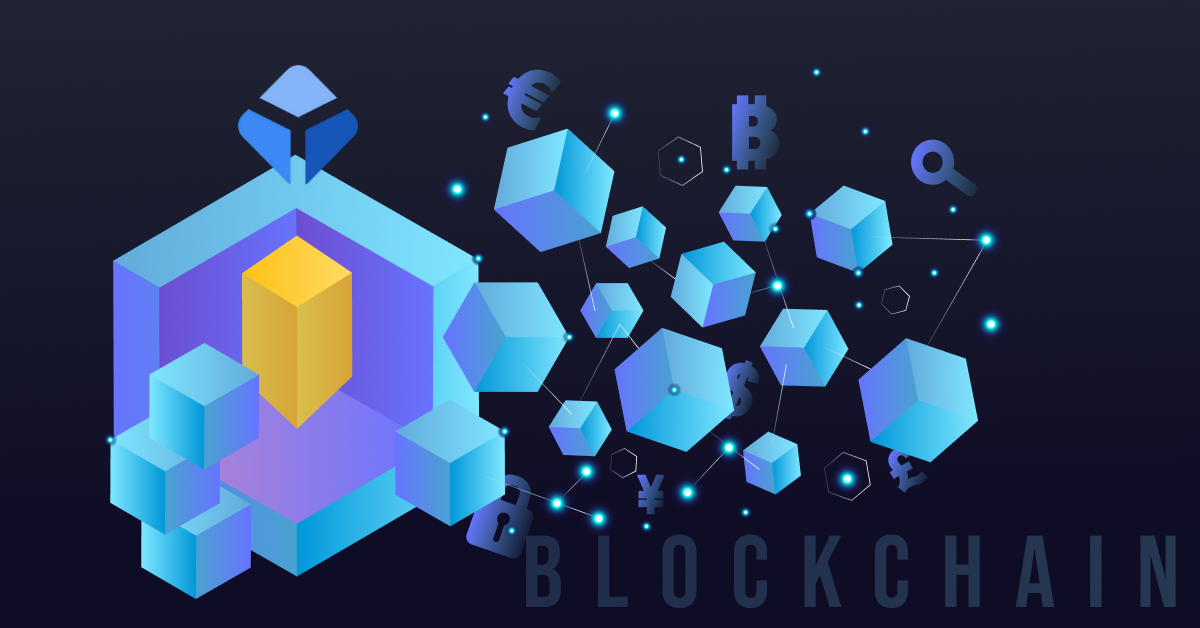
Blockchain technology is one of the most promising technological efforts that can be made in terms of improving the security of elections, as it provides an immutable record-keeping and transparent verification procedure. Blockchain-based e-voting has been experimented with in the real world in several countries, including Estonia and Switzerland, which shows how blockchain has the possibility of improving e-voting and elections by making them more secure and transparent.
Blockchains are attractive to electoral systems because of their basic features: decentralisation, transparency, and an inability to be modified. In contrast to the traditional databases that are prone to being changed or compromised, a blockchain yields an immutable record of transactions and in the case of the example, a record of all the votes. Every vote is cryptographically signed and chained to earlier votes on the chain; thus, widespread manipulation would be essentially impossible without being noticed.
Some usability and scalability issues raised early around blockchain voting systems have been countered by recent improvements to the technology. E-Voting is one such solution that has become a good option as more and more countries are deciding on its adoption around the world due to the increased security offered by blockchain code technology in contrast to other electronic voting systems.
New blockchain voting systems, such as DemocracyGuard, show that a twofold focus on security and decentralisation, with transparent access to data, may be combined with well-proven cryptographic algorithms, a distributed ledger, and a stable consensus algorithm to promote the high-security level of a voting system. End-to-end verifiability is possible in these systems, so voters can check that their votes have been recorded accurately without compromising the privacy of their votes.
AI-Powered Security Solutions
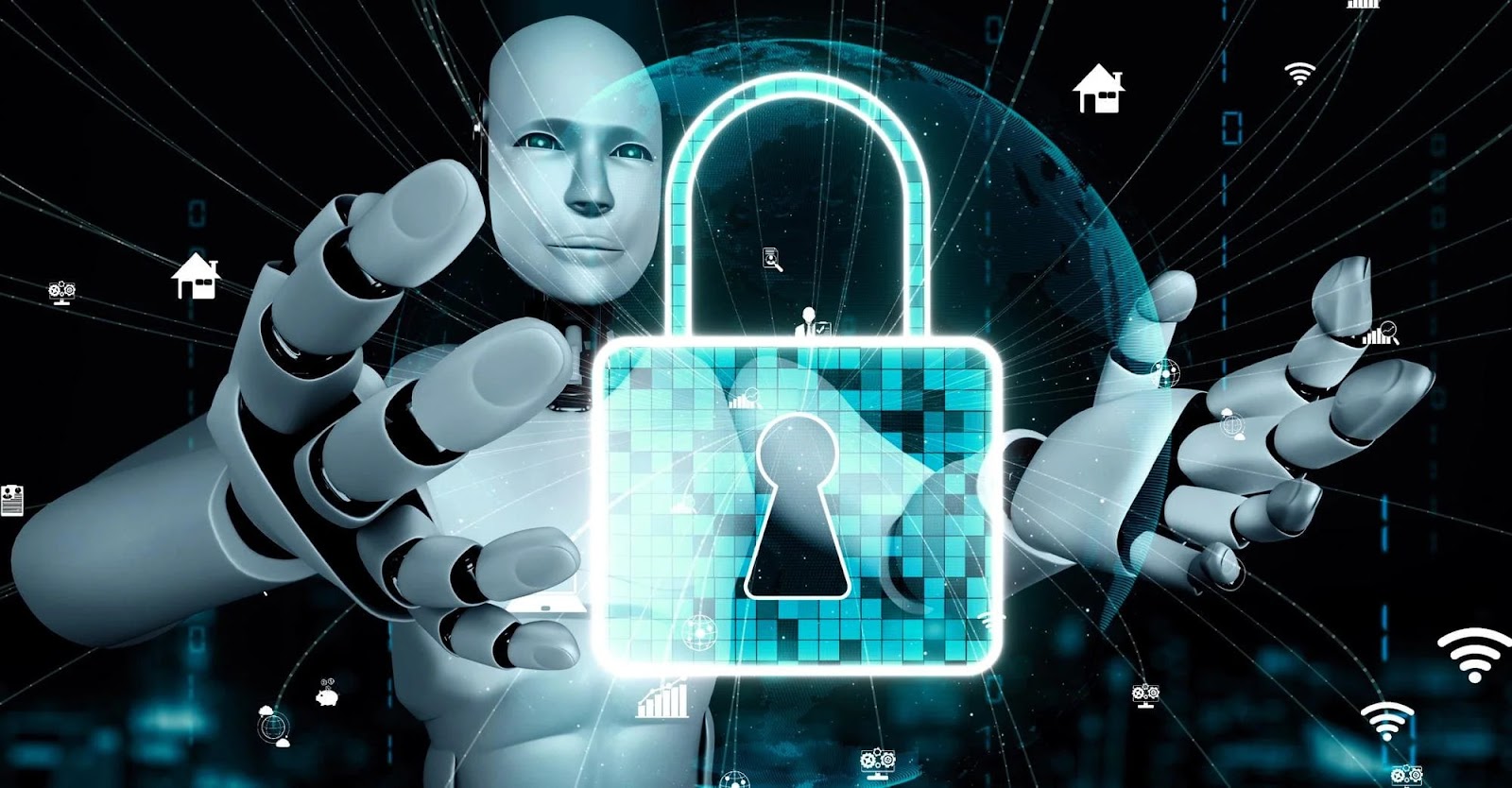
In addition to blockchain, artificial intelligence on its part already provides significant opportunities in preserving the integrity of elections. The machine learning algorithms can look through large volumes of data to detect a pattern which may suggest foreign interference, coordinated disinformation, or technical issues related to the voting system.
Content authentication systems using artificial intelligence continue to get smarter at identifying deepfakes and manipulated media. Such systems examine small inconsistencies in video, audio and image files that humans would not notice. As generative AI gets more advanced, so do the mechanisms to detect it to counter it.
Instead, social media networks are using AI to detect and delete programmed inauthentic activity, mutually beneficial networks of fake accounts posting to either magnify or inhibit particular messages. These systems can detect manipulations by scanning posting patterns, network ties and content identical to manipulation in real-time.
In the case of the digital infrastructure of voting, AI can maintain constant surveillance and threat identification. Machine learning systems can create benchmarks of what is considered to be normal system behaviour and, at that moment, raise red flags when an abnormal activity takes place, which may consist of a cyberattack or system malfunction.
Biometric Integration and Voter Verification
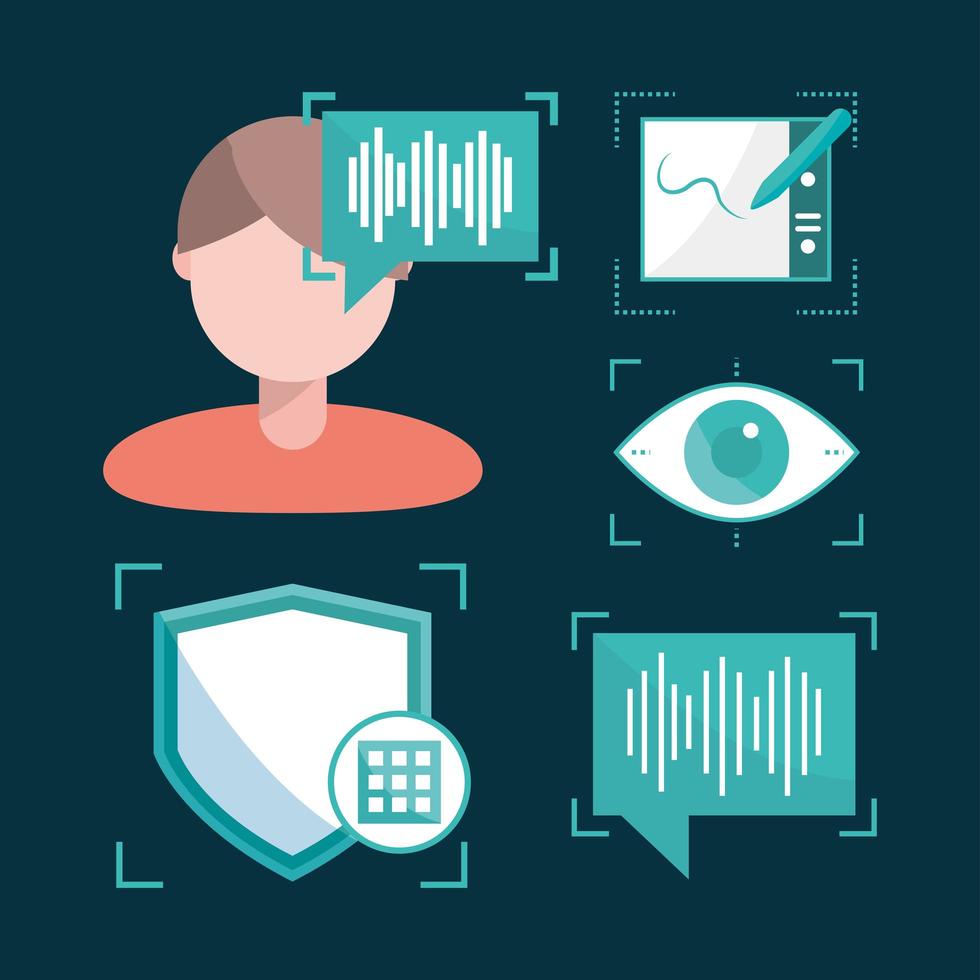
The biometric verification in conjunction with blockchain technology is yet another wave of election security. Voting online with a new system based on blockchain and biometric identification security increases transparency and privacy. This solution handles one of the essential issues of digital voting, that of guaranteeing every vote is cast by an authenticated and qualified voter, without a loss of ballot secrecy.
Fingerprint-based, facial recognition, or iris-based biometric systems can be used to identify a voter, whereas blockchain technology prevents a single voter from voting more than once, and his or her vote is kept in an immutable record. Advanced cryptographic techniques allow for verification without revealing the voter’s specific choice, maintaining the privacy essential to democratic participation.
Challenges and Limitations

Despite these technological advances, significant challenges remain. Some cybersecurity specialists believe that blockchain cannot provide the security assurances that are needed to conduct a secure online election because it creates new issues along with resolving others.
The basic problem is that no digital system of voting, be it based on blockchain, current databases or any other solution, can be immune to attack at several critical points: voting devices, code on voting devices, data networks, and results-processing systems. A blockchain might ensure that votes cannot be altered once recorded, but it cannot guarantee that the initial recording was accurate or that voters’ devices weren’t compromised.
Also, the complexity of blockchain and AI systems might introduce new attack vectors and make it hard for election officials to grasp and be sure about system integrity. Transparency is crucial for public trust in elections, but highly technical systems can become “black boxes” that few people can fully audit.
There are also concerns about digital divides and accessibility. Electronic voting systems, as safe as they may be, need to be accessible to all voters, regardless of their disability and low technological literacy, as well as their lack of access to the required devices.
The Path Forward
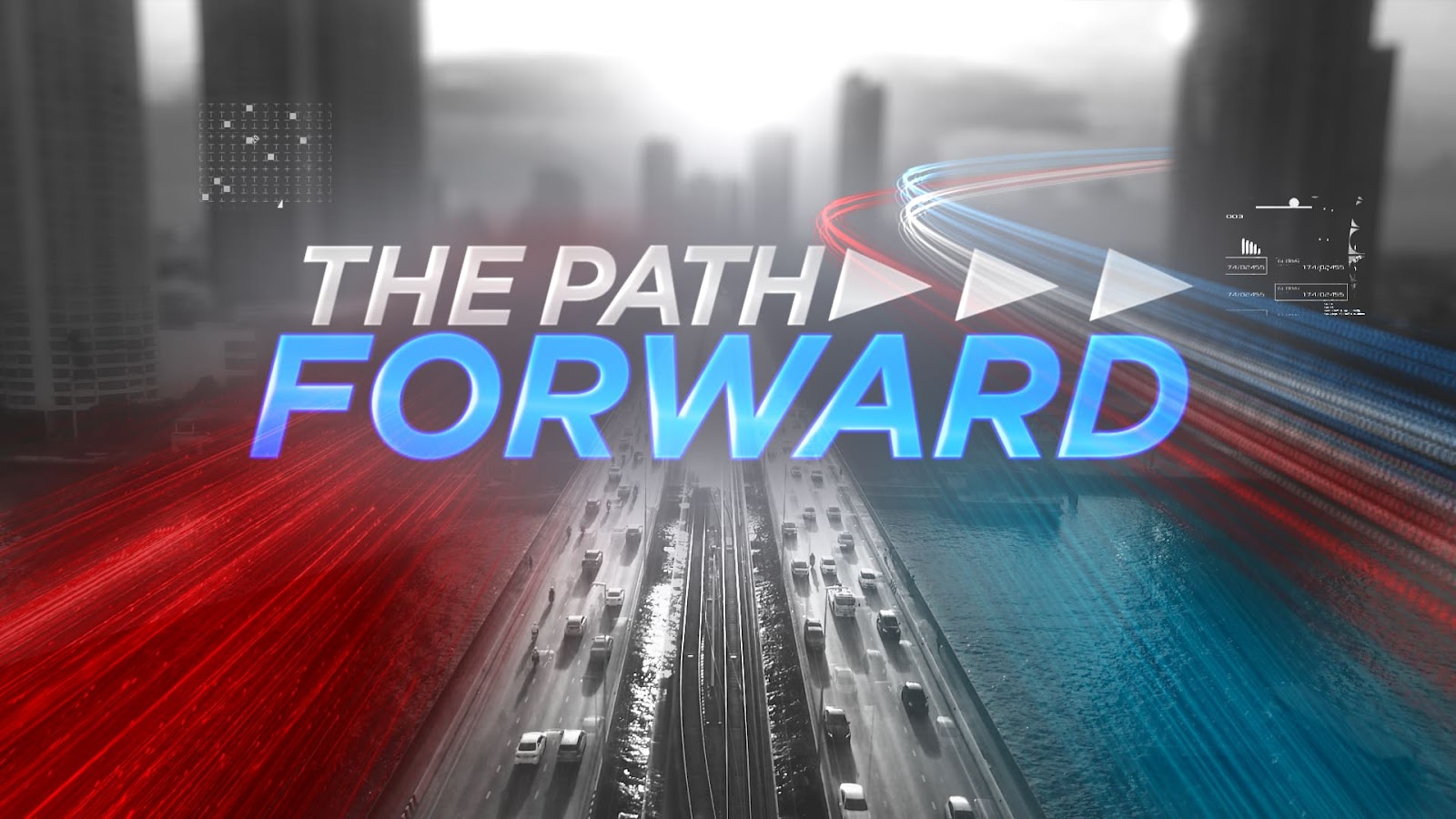
Combining AI and blockchain in electoral systems is associated with a balancing act of trade-offs between the security, usability, transparency, and trust of the system. An even better option is not wholesale replacement of the current systems, but hybrid models that combine the strengths of technological benefits without sacrificing strong safeguards.
Both the technology – and the hype – can damage trust, but there’s much we can do to reassure voters that elections are secure in the age of AI. This observation makes an important point that any technological solutions need to go hand in hand with popular education and open implementation procedures.
There have to be partnerships of technologists, election officials, policymakers, and civil society organisations in the deployment of protective technologies. Systems should have broad community involvement in their design, thorough security audits, and their implementation should be done in phases with complete testing.
Regulatory frameworks also need to transform and adapt to new realities of technology without taking away the democratic ideals. Among these are the standards of AI transparency in applications related to elections, the need to audit algorithms, and methods of responding to threats facilitated by AI enhancement.
Conclusion
Election integrity is not a yes or no regarding the possibility of technology to make it secure or not; it is dependent on the way we create, use, and conduct these systems. The recent election cycles have shown how disruptive AI can be, as well as how strong democratic institutions can be with the right kind of protection in place.
Blockchains have real benefits in terms of the ability to tamper-proof voting histories and to verify them without denying privacy. The use of AI enables the deployment of effective tools in threat identification and the protection of digital premises. We cannot rule out, however, that these technologies are not magic wands that will eliminate problems, and need to be approached with an eye on usability, accessibility, and credibility in the eyes of the people.
The future of democracy enfranchisement will probably consist of a hybrid involving combining optimal features of both a traditional system and a computer-based system. Paper ballots can still play a great role as a backup, and more accurate verification can be carried out using blockchain. Artificial intelligence can find and combat disinformation, but people are still in control and can observe it.
Finally, technology just cannot ensure the integrity of elections, and that will need institutions, processes, and individuals who believe in democracy. However, technological tools can play a critical role in enhancing the defence of any democratic system against old as well as new threats when well-placed and used properly. It is not the challenge of technology and tradition; it is a consideration of the addition of new capabilities over existing capabilities in the spirit of preserving democracy.
To keep everything safe as we proceed, we will need to maintain close attention, citizen action, and flexible governance going forward so that the technologies that are designed to secure the democratic process do not unintentionally lead down a path that despoils the values that are intended to be secured.


